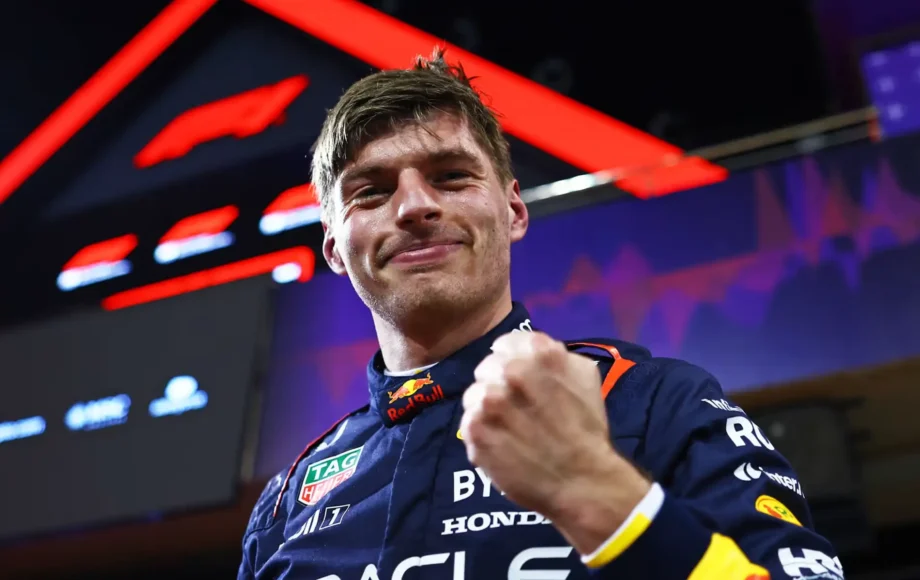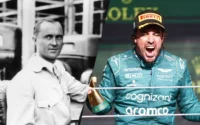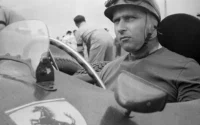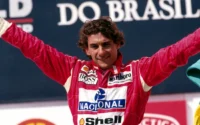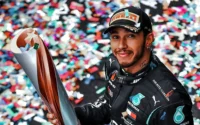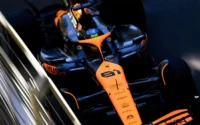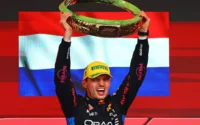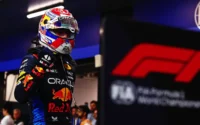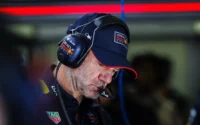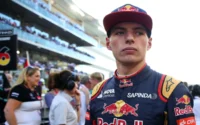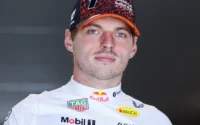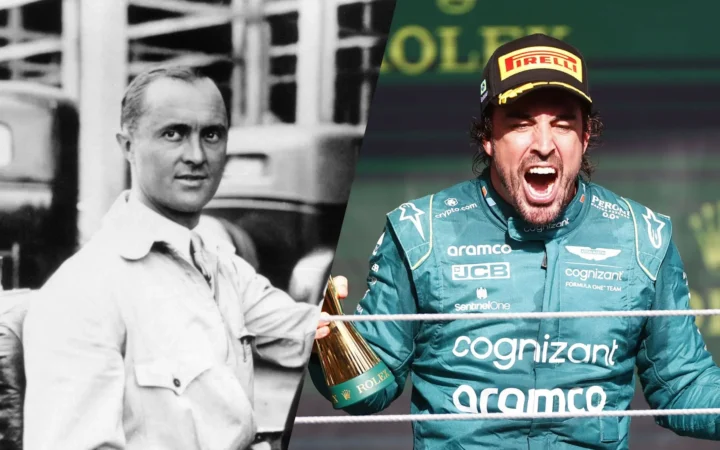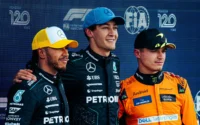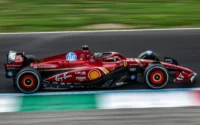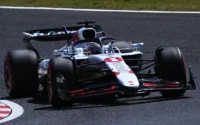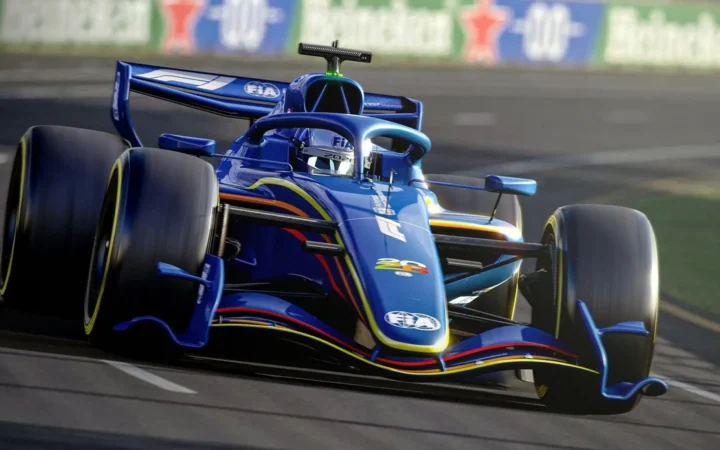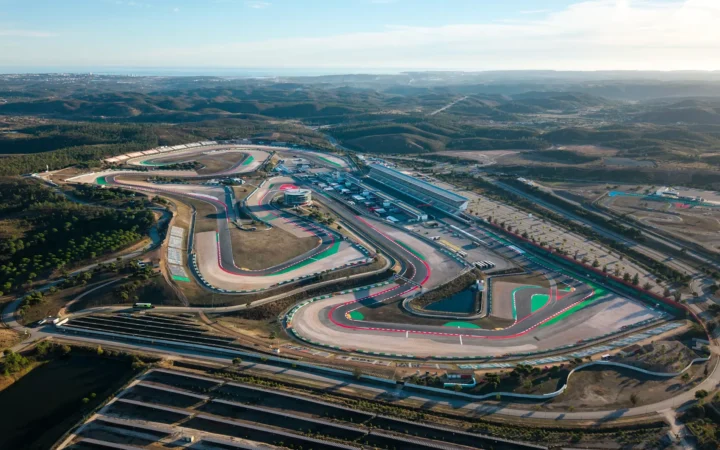A new era began at the start of the 2025 season as Andrea Kimi Antonelli geared up to make his Formula 1 debut with Mercedes. At just 18 years, 6 months, and 19 days old when he lined up on the grid in Australia, Antonelli became the third-youngest driver in F1 history. The buzz surrounding his rise from karting prodigy to Silver Arrows racer is impossible to ignore — but it also brings to mind a key question: what happened to the other teenage talents who made an early leap to the pinnacle of motorsport?
What To Know?
- Max Verstappen holds the record as the youngest-ever F1 driver at 17 years, 5 months, making his debut in 2015.
- Andrea Kimi Antonelli made his debut for Mercedes in 2025 at 18 years, 6 months, becoming the third-youngest in F1 history.
- Fernando Alonso started with Minardi in 2001 at 19 years, 7 months, 3 days and became a two-time world champion.
- Mike Thackwell briefly held the youngest driver record in 1980 at 19 years, 5 months, 29 days but retired early.
In recent years, Formula 1 has evolved into a blend of youth and age, with the likes of Fernando Alonso racing into his mid-forties and Lewis Hamilton not much further behind becoming some of the oldest F1 drivers ever. But with teams now betting big on the next generation, at much younger ages than recent eras when drivers entered F1 in their 20s, not as teens, time will tell whether Kimi Antonelli will follow in the footsteps of Max Verstappen or face the challenges that hampered other young hopefuls.
Formula One History Recommends
From teenage debutants who became world champions to those who faded after a single season, Formula One History takes a closer look at the 10 youngest drivers to ever start an F1 Grand Prix — and what became of them.
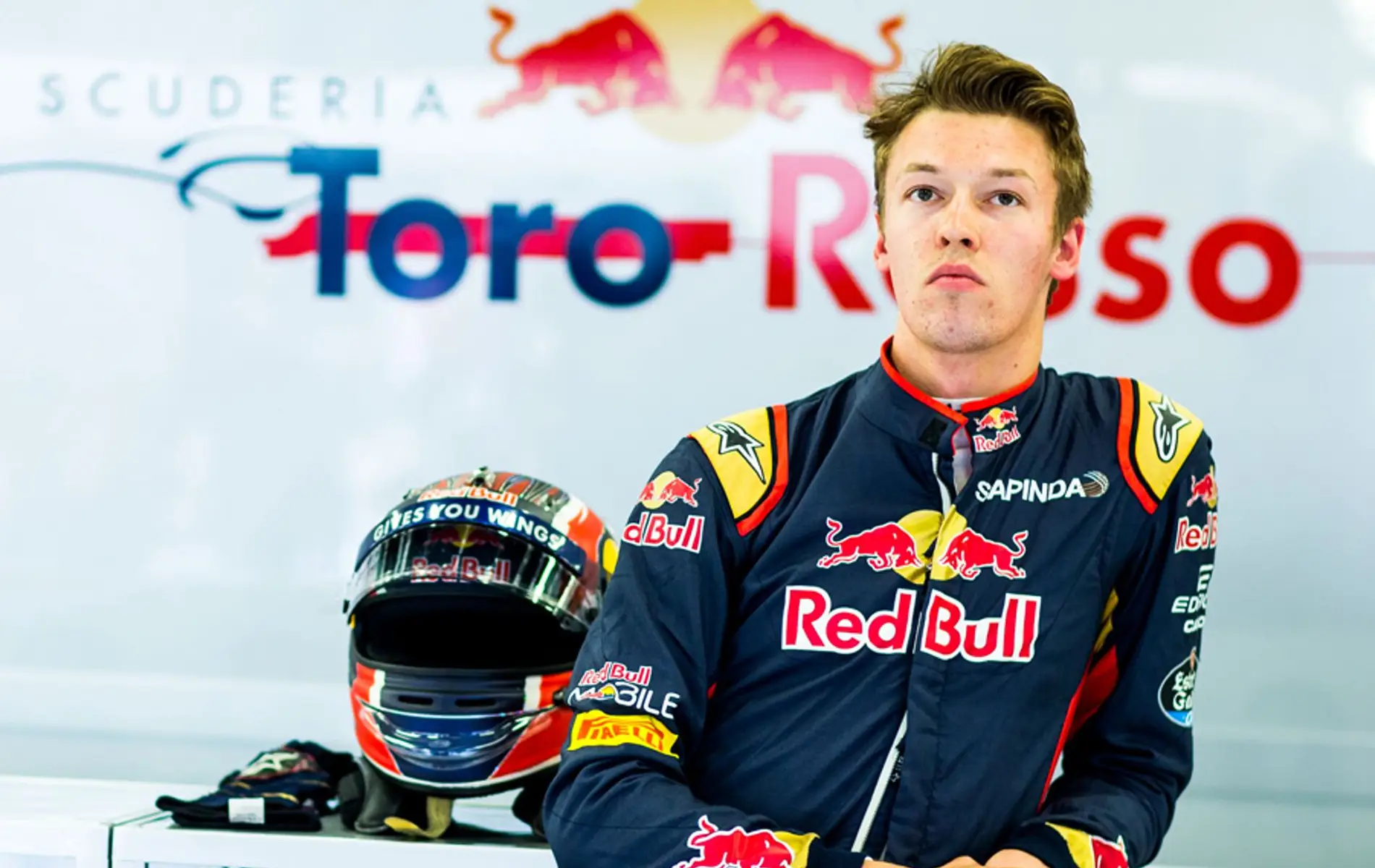
10: Daniil Kvyat – 19 years, 10 months, 18 days: Australia 2014
When Daniil Kvyat made his F1 debut for Toro Rosso at the 2014 Australian Grand Prix, he did so as the reigning GP3 champion, and he delivered straight away, reaching Q3 and scoring points on debut. The Russian teenager impressed enough in his rookie year to be fast-tracked to Red Bull for 2015 after Sebastian Vettel announced his surprise exit to Ferrari. But his promotion came during a low point for the team’s performance in the early hybrid era, limiting him to just two podiums despite flashes of promise.
Kvyat’s fall came almost as quickly as his rise. After a difficult start to 2016 — punctuated by a now-infamous clash with Vettel at his home race in Sochi — Red Bull made the bold call to swap his seat for a 17-year-old Max Verstappen at Toro Rosso, after just four rounds. From there, it was an uphill battle: back to the sister team he graduated from, Toro Rosso, who dropped him in late 2017 amid inconsistency, only to bring him back for a final stint in 2019–20. That comeback did feature a standout podium in the chaotic, rain-soaked 2019 German Grand Prix.
Since leaving the F1 grid, Kvyat has kept his racing career alive across categories like WEC and NASCAR.
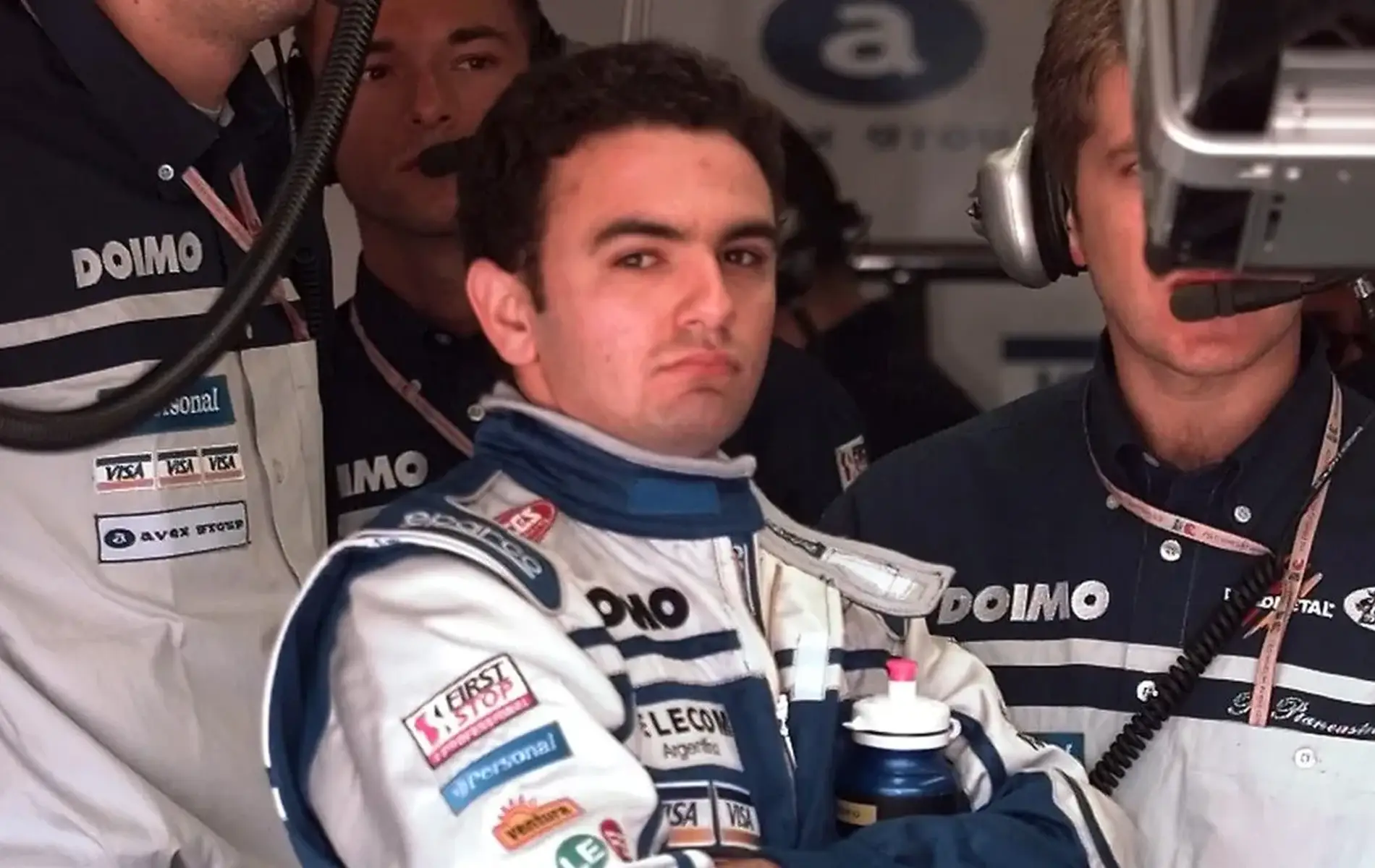
9: Esteban Tuero – 19 years, 10 months, 14 days: Australia 1998
Esteban Tuero’s arrival on the Formula 1 grid in 1998 raised more eyebrows than expectations. At just 19, the Argentine driver landed a seat with perennial backmarkers Minardi despite not fully meeting the FIA’s Super Licence criteria — a move that sparked controversy in the paddock. The governing body ultimately gave him the green light, making Tuero the youngest F1 driver of his time. But the Buenos Aires native quickly found that age wasn’t the only challenge: Minardi’s uncompetitive package meant he spent most of the year circulating at the back, with a best result of 8th in a race where points only went to the top six.
What followed was one of F1’s strangest early exits. After finishing just four of his 16 races — and suffering a neck injury in a crash at the season-ending 1998 Japanese Grand Prix — Tuero unexpectedly informed Minardi that he was walking away from the sport. Though he was initially expected to return for 1999, he never did. Instead, he quietly returned to Argentina, where he raced sporadically in the national touring car series. A brief and baffling F1 stint, Tuero remains one of the sport’s youngest-ever debutants — and one of its most short-lived.

8: Fernando Alonso – 19 years, 7 months, 3 days: Australia 2001
Fernando Alonso made his F1 debut with Minardi in 2001, joining fellow future stars Kimi Räikkönen and Juan Pablo Montoya as part of one of the most talent-rich rookie classes in recent memory. While his car left much to be desired, Alonso’s raw pace and relentless work ethic shone through — even at the back of the grid. Managed by Flavio Briatore, Alonso took a step back in 2002, serving as a Renault reserve driver before returning full-time in 2003 to deliver on the promise he’d shown.
What followed was the rise of a generational talent. Alonso captured back-to-back world titles with Renault in 2005 and 2006, becoming the youngest double world champion at the time and ending the dominance of Ferrari and Michael Schumacher.
His career has since taken him through the highs and lows of stints with McLaren, Ferrari, Alpine, and now Aston Martin, where he has remained a fierce competitor. As of 2025, the 44-year-old is the oldest driver on the grid but still one of the most respected, continuing to chase the elusive third title that would further cement his legacy among F1’s all-time greats.
Formula One History Recommends
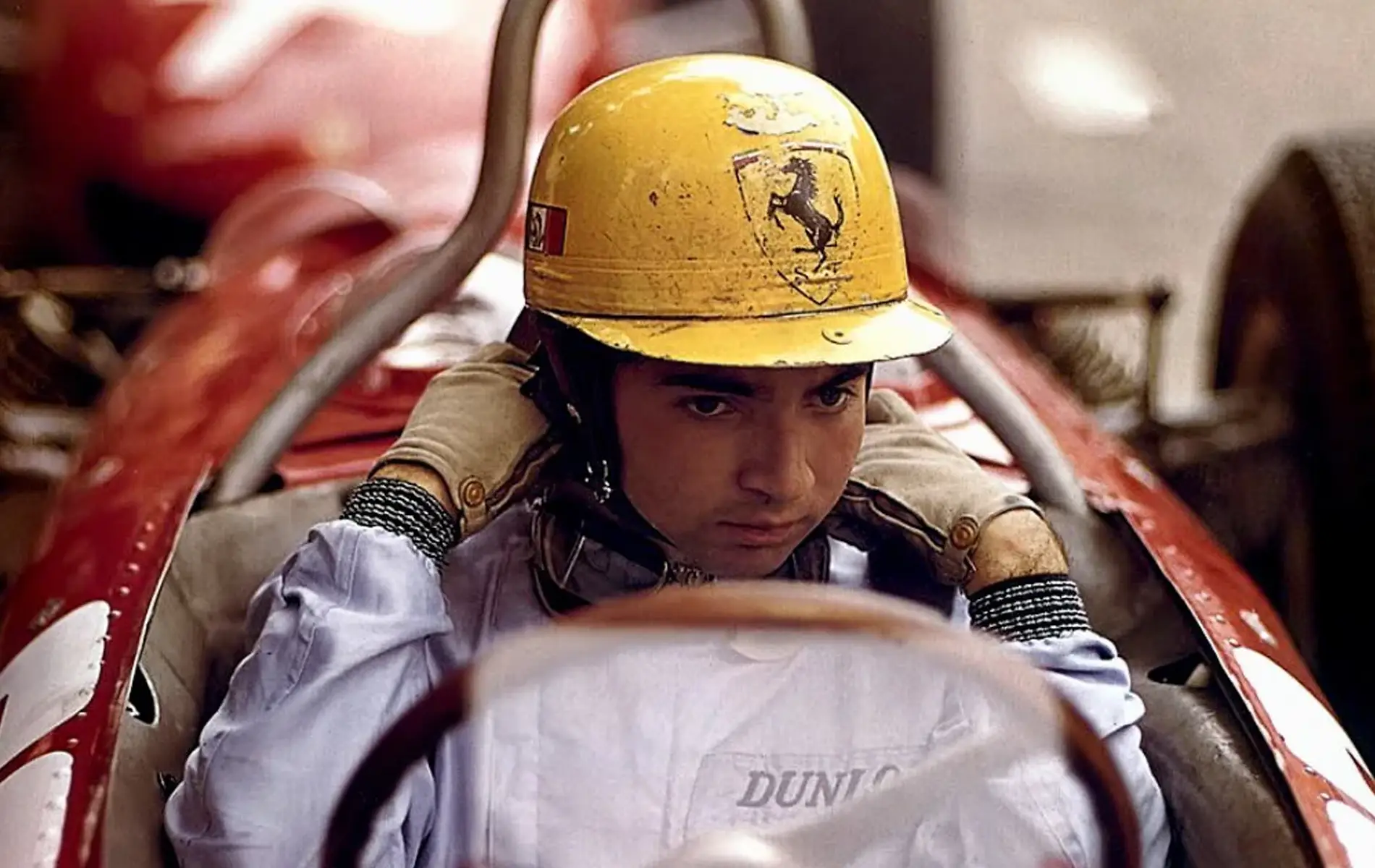
7: Ricardo Rodríguez – 19 years, 6 months, 27 days: Italy 1961
In an era when most Formula 1 drivers were twice his age, Ricardo Rodríguez burst onto the scene as a teenage prodigy. Already the youngest-ever overall podium finisher at Le Mans by age 18 — a record that still stands in 2025 — the Mexican star made his F1 debut with Ferrari at Monza in 1961. There, he stunned the paddock by qualifying second and challenging for the lead before mechanical failure cut his dream debut short. It was clear Rodríguez was destined for greatness.
But his meteoric rise ended in tragedy. After securing a works Ferrari seat for 1962, Rodríguez contested four Grands Prix before entering his home race in Mexico City — a non-championship event Ferrari wasn’t attending. Driving a privateer Lotus, he suffered a suspension failure during practice and was killed in the resulting crash, just days before his 21st birthday.
Formula One History Recommends
His older brother, Pedro Rodríguez, also raced in F1 and sportscars before dying under similarly tragic circumstances in 1971. Today, the Autódromo Hermanos Rodríguez stands as a tribute to both brothers — two of Mexico’s brightest racing talents, gone far too soon.
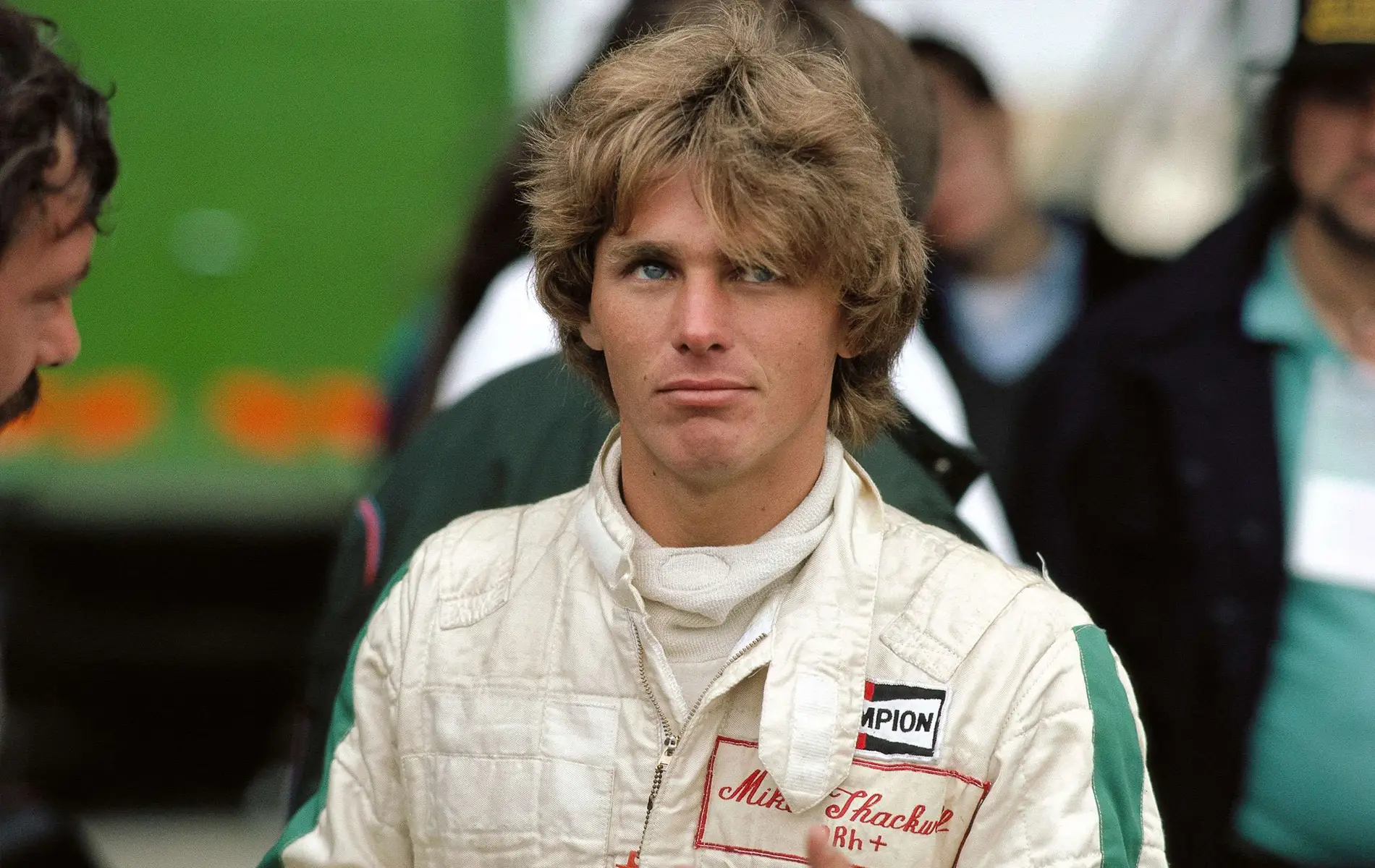
6: Mike Thackwell – 19 years, 5 months, 29 days: Canada 1980
Mike Thackwell broke Ricardo Rodríguez’s long-standing record to become the youngest Formula 1 driver when he made his official debut at the 1980 Canadian Grand Prix with Tyrrell. Already juggling a busy Formula 2 campaign, the young New Zealander had previously failed to qualify with Arrows earlier that year but finally got his shot — albeit in unusual circumstances, subbing in after a first-lap pileup. Despite his youth and raw talent, Thackwell’s opportunity didn’t turn into a lasting F1 career.
Instead, Thackwell became a case study in talent unfulfilled at the top level. He made just one more Grand Prix start in 1984 with RAM, the same year he won the European Formula 2 title and cemented his reputation in the junior ranks. That season was also the end of his short-lived F1 run. Though he continued to race sporadically in sportscar events — winning races like the Pau Grand Prix and Nürburgring 1000km — Thackwell stepped away from motorsport entirely by 1988. For nearly three decades, he held the record as F1’s youngest-ever starter — a footnote in F1 history that belies a career full of early promise, never fully realised in Formula 1.
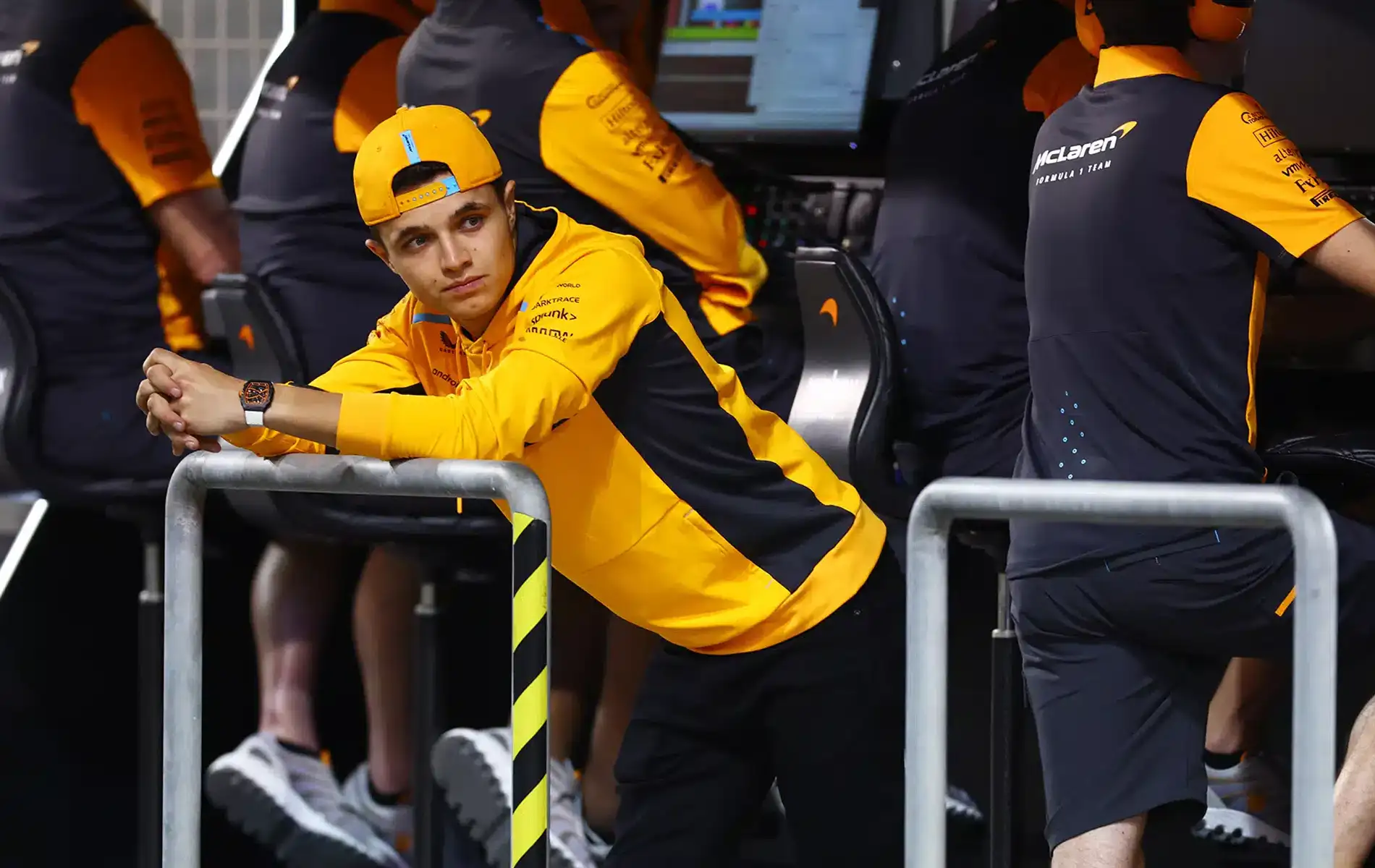
5: Lando Norris – 19 years, 4 months, 4 days: Australia 2019
Lando Norris made his Formula 1 debut with McLaren at the 2019 Australian Grand Prix, stepping up after a standout junior career that included a Formula 3 title and a strong F2 campaign. Backed by McLaren from an early age, Norris spent 2018 as the team’s test and reserve driver before earning a full-time seat alongside Carlos Sainz. Calm, quick, and mature beyond his years, Norris quickly established himself as one of the sport’s brightest young stars, scoring points in his rookie year and steadily building momentum.
That potential exploded into reality in 2024. After picking up podiums across the 2020–2023 seasons, Norris took a long-awaited and emotional first F1 win at the 2024 Miami Grand Prix — and then added three more victories, eight pole positions, and a runner-up finish in the championship. Just as importantly, his performances helped McLaren clinch their first Constructors’ Championship since 1998, a triumphant return to the top for the Woking outfit. In 2025, Norris remains a title contender alongside Oscar Piastri, his teammate, in a two-horse race for the Championship title.
Formula One History Recommends
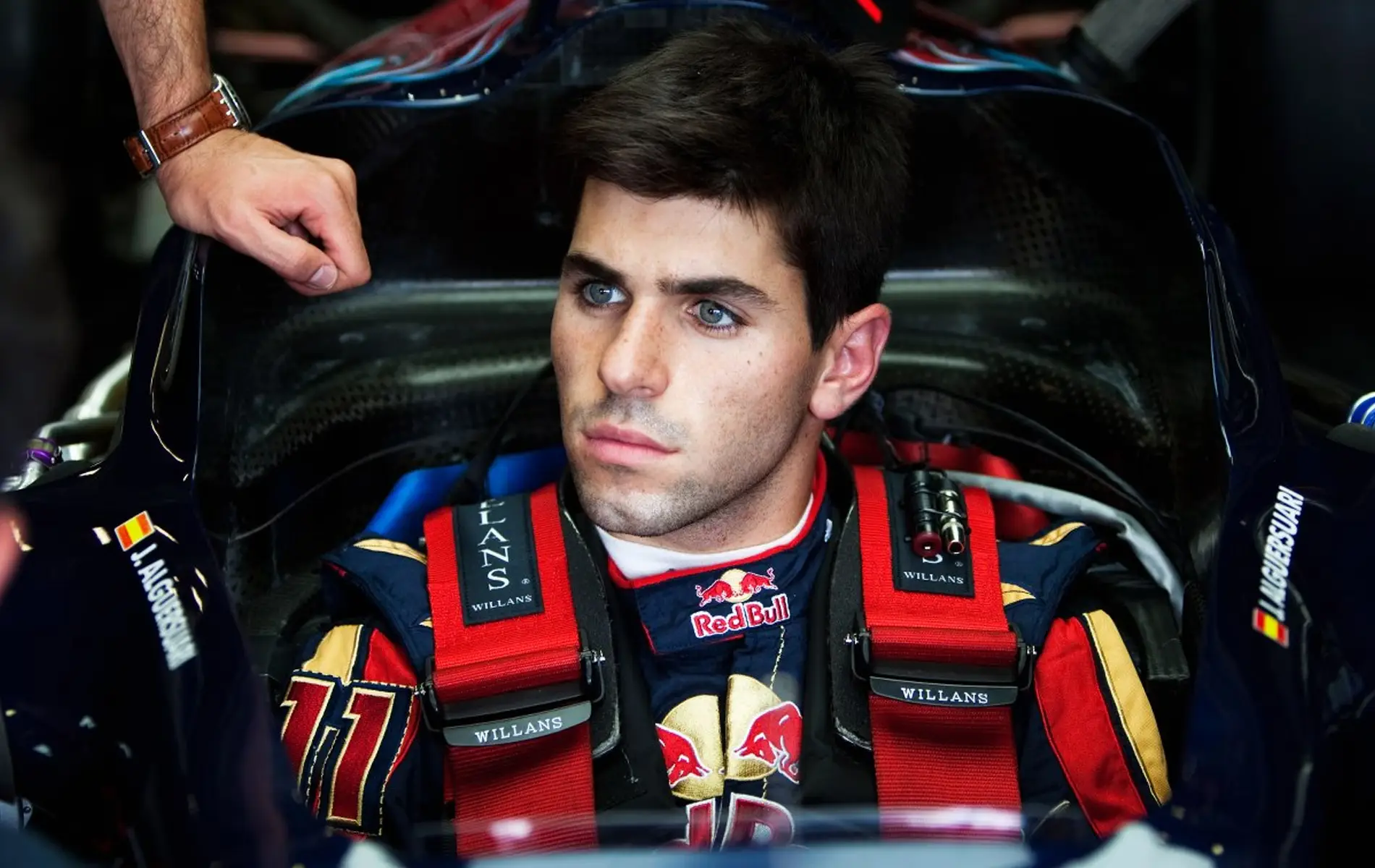
4: Jaime Alguersuari – 19 years, 4 months, 3 days: Hungary 2009
When Jaime Alguersuari made his debut for Toro Rosso at the 2009 Hungarian Grand Prix, he didn’t just step into a Formula 1 car — he stepped into F1 history as the youngest F1 driver at the time. The Red Bull junior replaced Sebastien Bourdais mid-season while still contesting Formula Renault 3.5, balancing two elite racing programs in parallel. Alguersuari had already made a name for himself by winning the British F3 title in 2008, and his call-up came with typical Red Bull urgency — raw talent over experience.
But after two full seasons, the F1 dream fizzled out. Despite flashes of pace and a pair of seventh-place finishes in 2010 and 2011, Alguersuari was dropped as part of a Toro Rosso reset for 2012 and couldn’t land another seat. He went on to race in Formula E and GT competition but ultimately fell out of love with motorsport, officially retiring in 2015. Since then, Alguersuari has reinvented himself as DJ Squire, performing and producing music — a rare case of an F1 career giving way not to commentary or coaching, but to clubs and concerts.
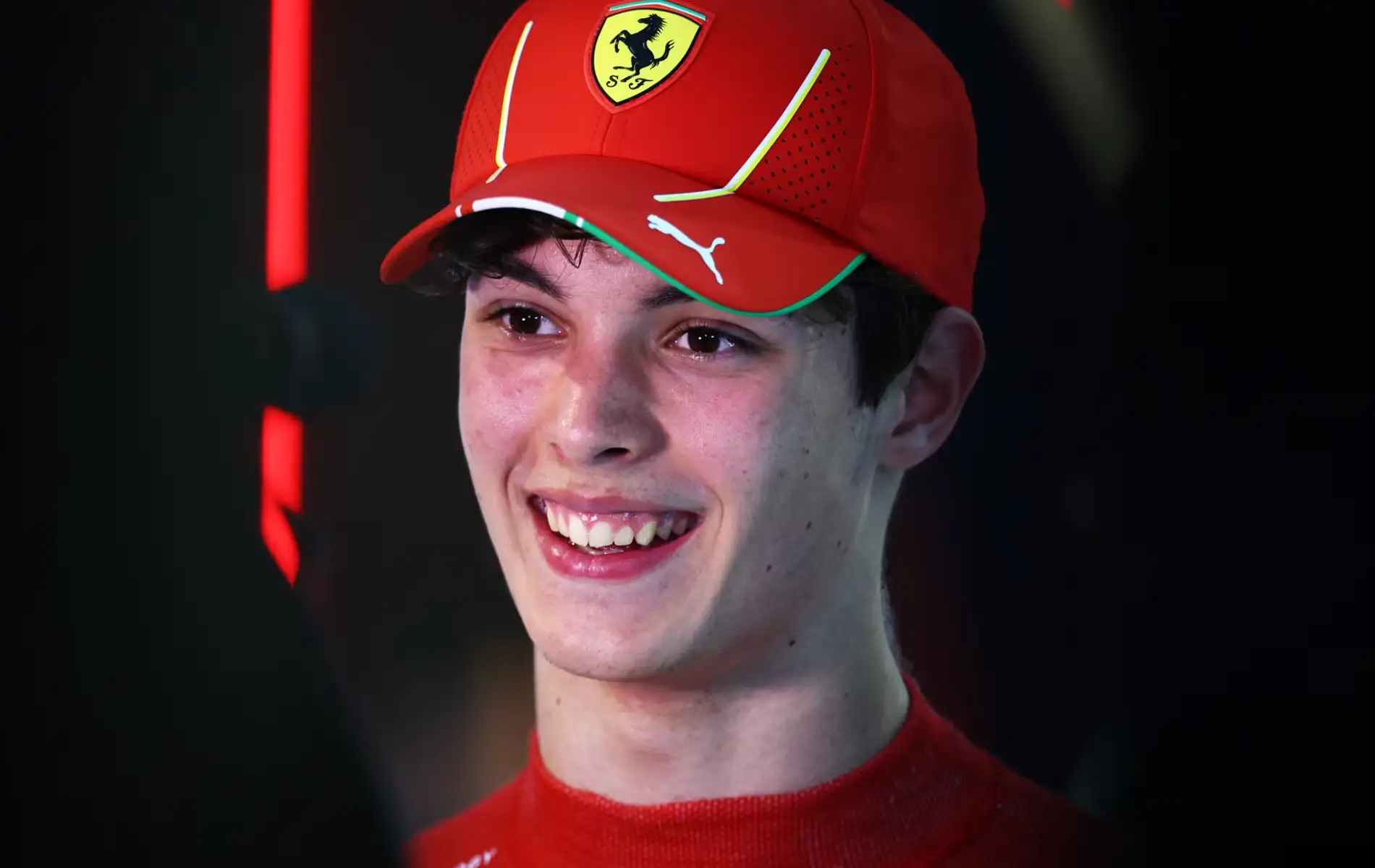
3: Oliver Bearman – 18 years, 10 months, 1 day: Saudi Arabia 2024
Few drivers have made a first impression in Formula 1 quite like Oliver Bearman. Thrust into action at the 2024 Saudi Arabian Grand Prix as a last-minute replacement for Carlos Sainz — sidelined with appendicitis — the 18-year-old Ferrari junior had just one practice session to get up to speed. Yet, after qualifying an impressive 11th, he delivered a calm, controlled drive to finish seventh, instantly turning heads and becoming the youngest driver ever to race for Ferrari — eclipsing the late Ricardo Rodríguez’s long-standing record.
That breakout performance was no fluke. Bearman went on to contest two more Grand Prix that season with Haas — standing in for Kevin Magnussen in both Azerbaijan and Brazil — and held his own in both outings. Despite an inconsistent 2024 Formula 2 campaign, his talent behind the wheel of an F1 car was unmistakable. In 2025, Bearman embarked on his first full season with Haas, armed with experience, confidence, and the momentum of one of the most impressive modern-day F1 debuts. The future? Very much still unwritten — but the opening chapter was unforgettable.
Formula One History Recommends
-

2024 Azerbaijan Grand Prix: Full Weekend Report & Highlights
-

-

2024 Saudi Arabian Grand Prix: Full Weekend Report & Highlights
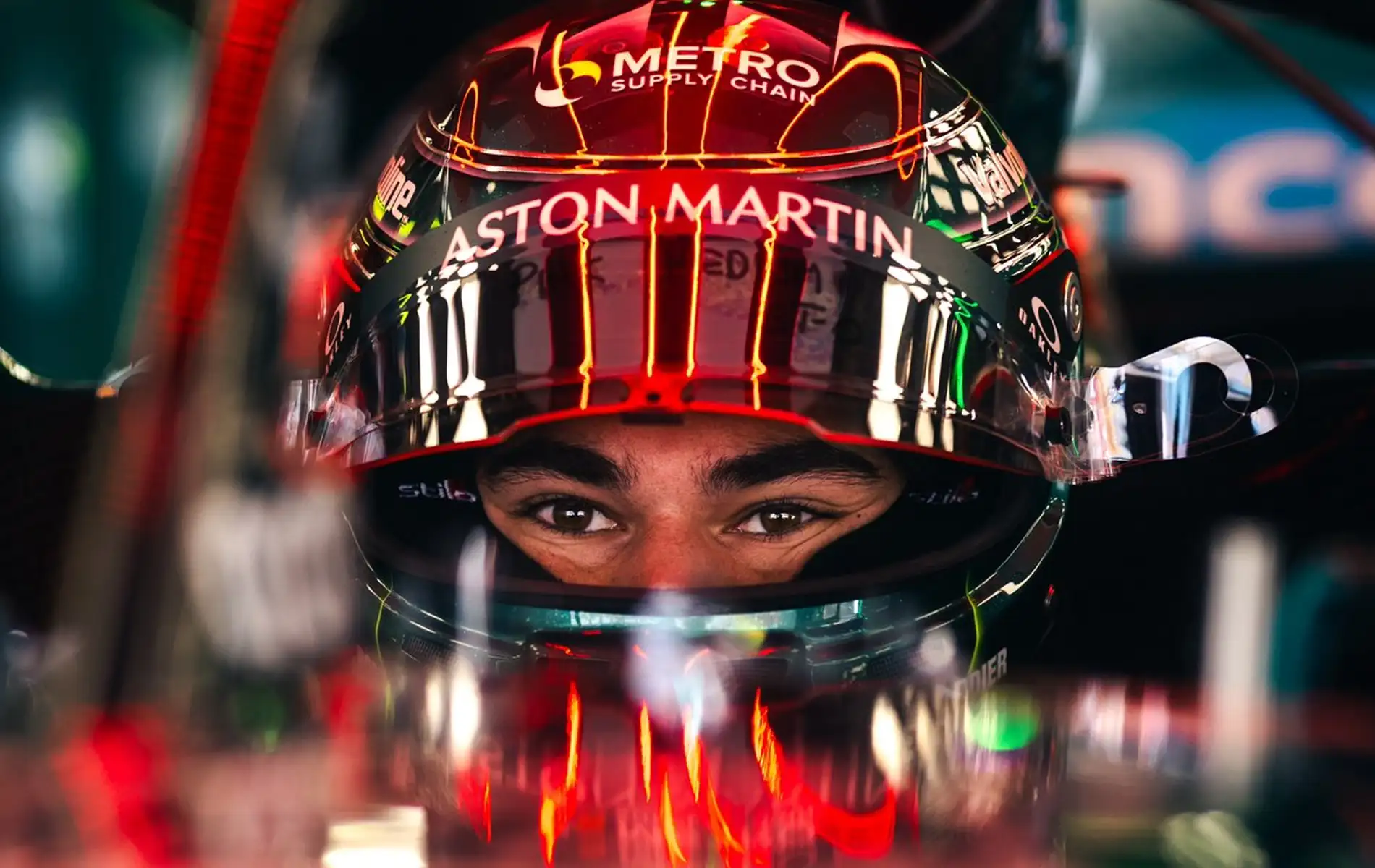
2: Lance Stroll – 18 years, 4 months, 25 days: Australia 2017
Lance Stroll‘s path to Formula 1 was a blend of early promise and serious financial backing. After winning the 2016 European F3 title, the Canadian stepped into a full-time Williams seat for 2017 — bypassing Formula 2 entirely. Backed by a comprehensive private testing program and the support of his billionaire father, Lawrence Stroll, faced scepticism from parts of the paddock. But he answered some of those doubts with standout rookie moments: points at home in Canada, a sensational podium in chaotic Baku, and a front-row start at a soaked Monza.
Since then, Stroll has been a fixture in the midfield — if not always in the headlines. After two seasons at Williams, he joined Racing Point following Lawrence Stroll’s takeover of the struggling Force India team, and delivered a surprise pole position in wet conditions at the 2020 Turkish Grand Prix. The squad later became Aston Martin. While the team has made strides — particularly through the hiring of top technical talent like Adrian Newey — Stroll’s own performances have come under increasing scrutiny, especially after a lacklustre 2024 campaign. Still, with family ownership securing his seat, Stroll continues in green — a veteran of the grid with more to prove.
Formula One History Recommends
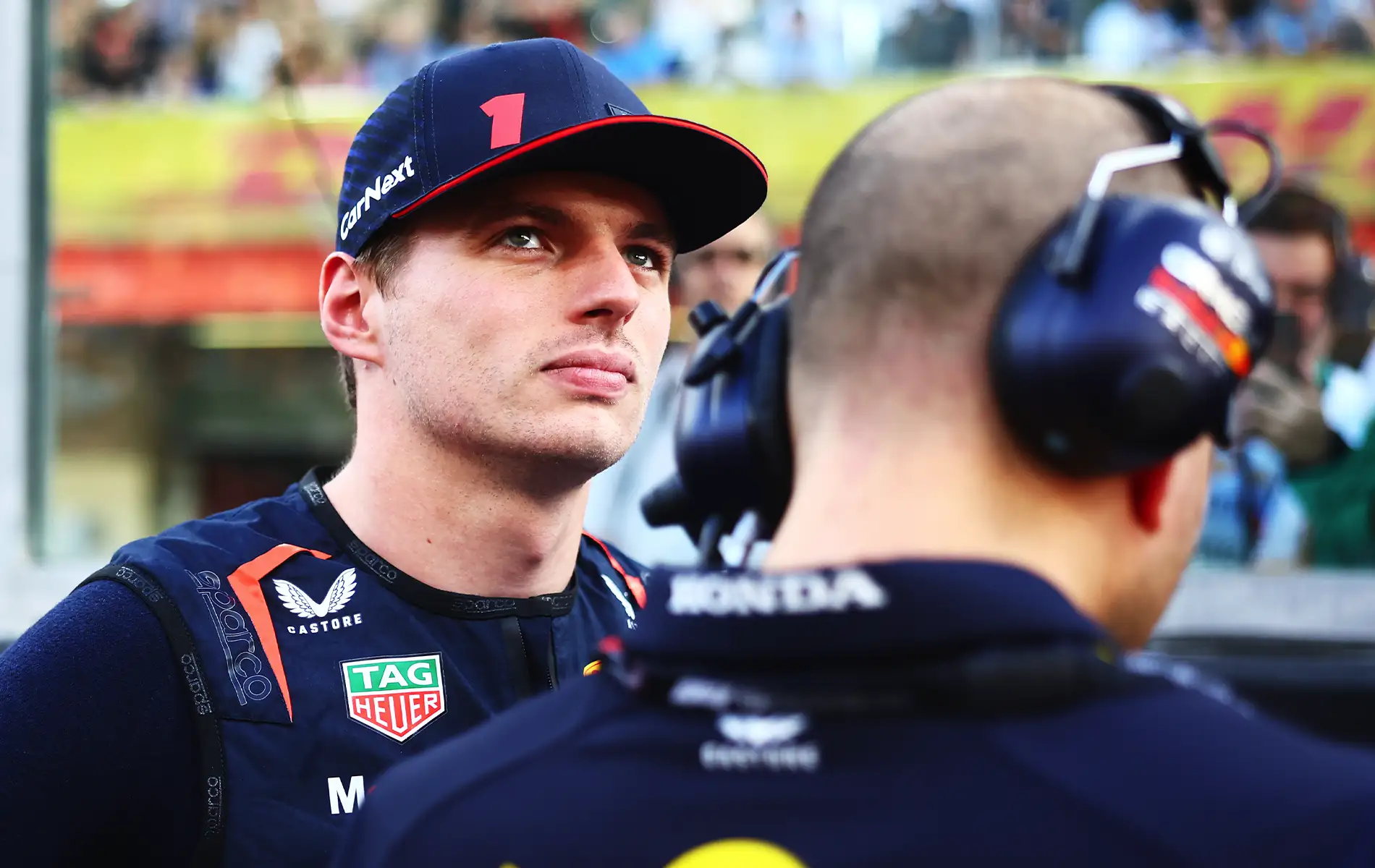
1: Max Verstappen – 17 years, 5 months, 13 days: Australia 2015
The rise of Max Verstappen to Formula 1 wasn’t just fast — it was historic. In 2015, the Dutch teenager shattered records by making his debut for Toro Rosso at just 17 years and 166 days old, becoming the youngest driver to ever start a Grand Prix. With only one year of single-seater experience under his belt, his promotion stunned the racing world and prompted a rule change that now blocks anyone under 18 from competing in F1. But Red Bull had seen enough. They knew Verstappen wasn’t just a gamble — he was a generational talent.
They were right. Just four races into his second season, Verstappen was promoted to Red Bull and won on debut at the 2016 Spanish Grand Prix — becoming the youngest race winner in F1 history at 18. Since then, he’s rewritten the record books. At the start of 2025, Verstappen was a four-time World Champion, with 63 Grand Prix wins, 112 podiums, 40 poles, and over 3,000 career points — putting him behind only Fangio, Schumacher, and Hamilton in championship count.
Formula One History Recommends
Seen in:

